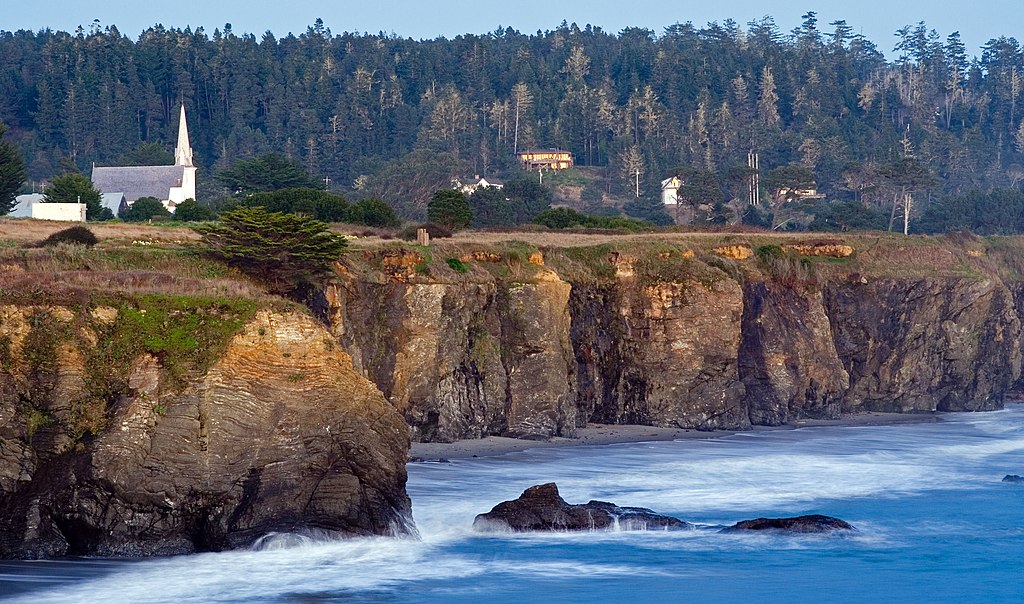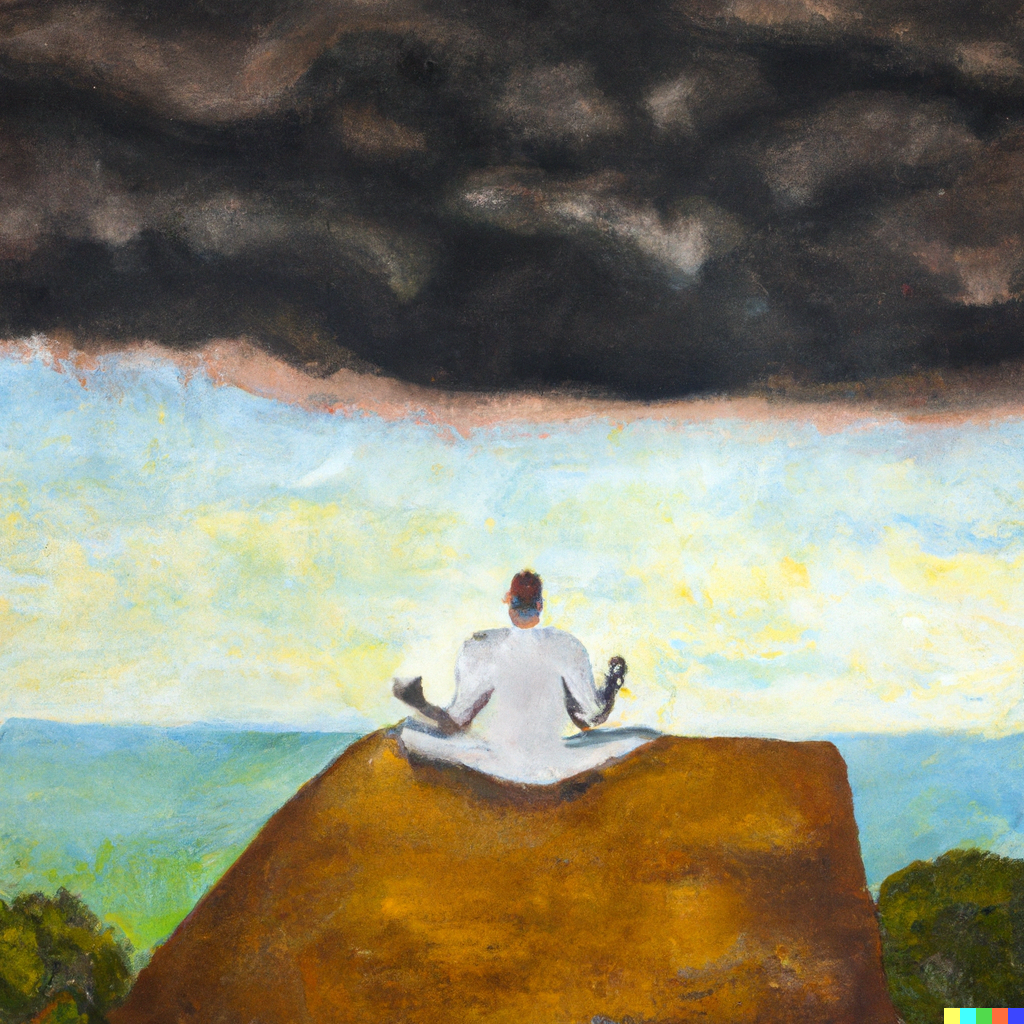Do We Really Want to Be Happy?
Why is the Dalai Lama always laughing? What fuels the ecstatic joy of former South African Archbishop, Desmond Tutu and the Dalai Lama as they dance together with playful delight at parties?
The Dalai Lama’s fellow Tibetans have been through, and continue to traverse, the gauntlet of life subjected to suffocating Chinese rule. Black South Africans brutalized and oppressed under 50 years of spirit-numbing apartheid continue to struggle with the stacked deck of economic development in the global south. Yet these two iconic representatives of peoples who have experienced untold suffering, collaboratively write about, embody, and are consumed by pure, unmitigated joy.

Do we need to have lived the life of a monk or a spiritual warrior to be consumed by the perpetual joy that animates these two men? Most of us actually think so! We throw our hands up in frustrated resignation, assuming that a life infused with prolonged states of ecstatic joy is simply out of reach. We think that if we’ve not been meditating or on some transcendental path for decades, a joyous life is “above our pay grade.” What a quality-of-life bar to set for ourselves!
Joy doesn’t compute for most of us. We simply are not at all familiar with the energetic state of being consumed by sustained joy, or what it takes to intentionally summon the thoughts that generate it.
 In fact, joy is most often the farthest thing from our minds. We all think about 60,000-70,000 thoughts per day, 75%-95% of which are the same thoughts we thought yesterday, the day before, and years before that. The preponderance of that percentage revolves around worry, anxious planning, feeling inadequate or mistreated, and suffering!
In fact, joy is most often the farthest thing from our minds. We all think about 60,000-70,000 thoughts per day, 75%-95% of which are the same thoughts we thought yesterday, the day before, and years before that. The preponderance of that percentage revolves around worry, anxious planning, feeling inadequate or mistreated, and suffering!
Typically, by the time we are in our mid-thirties, 95% of our life is lived on autopilot. We perform the same series of rote behaviors, hold the same beliefs, and are subject to the same emotional habit patterns that tie us to our past. In large part, we live our lives unconsciously through the automatic filters of past familiar, often traumatic, experiences. We are habituated to focusing our attention and aligning our energy with emotional states that range from discomfort to misery.
Yet, even as we’re caught up in this dense vortex of negativity and drama, we continue to yearn for and expect an improved quality of life! What’s wrong with that picture?
The reasons for habitually depriving ourselves of joy are legion:
We’re afraid to be happy. Happiness lies somewhere in the realm of the unknown and uncertainty, and the unknown is too scary for most people to contemplate for long. It’s much easier to cling to the familiar, cozy cocoon of suffering than to risk the uncertainty of change, even if that change might bring happiness. Suffering is a safe, culturally perpetuated and intergenerationally transmitted comfort zone. Or,
We don’t really know how to consistently invoke joy, and when it does appear by happenstance, we don’t know how to sustain it. Or,
We’re so unaccustomed to the state of unbridled joy that when it does break through into our lives, we feel profoundly uncomfortable. Anxiety starts to creep in as we wait for the other shoe to drop since we certainly don’t think we deserve to be joyously happy for too long! After all, in the West, regardless of whether we’ve moved away from the practices of organized religion, the old “original sin” tapes are still playing in the recesses of our minds. At some level, we believe that we are fundamentally bad people who must always be on guard in order to reign in our badness. We best not lose control and allow our true, sin-prone nature to raise its head above the barrier of consciousness! As long as we see ourselves as basically bad, we won’t accept sustained joy as a realistic option. Or,
Joy, happiness, and wellbeing aren’t trending in our circles. Engagement in the seductive drama and grit of “the struggle” is perceived as a much more authentic way to live. It is wallowing in the misery of the protracted “liberation struggle” that gives purpose to the lives of many. Happiness is viewed as incongruous with doing our part to battle injustice. To experience prolonged joy would mean that we’re not doing enough to “make a difference.”
When we’re in this space, we are choosing to identify primarily with our physical avatar* which lives in the realm of egoic, intellectual constructs, and which experiences itself as separate from everything in its environment. When we adopt this frame of reference, our resistance of external conditions is often a projection of internal unconscious resistance to looking at disturbing aspects of our own life experience.
We align our lives with deconstructing and raging against aberrant social conditions. We swim in scarcity and deprivation consciousness.

In this reality-frame, we resist, resent, complain, protest, and do battle with societal conditions. Our thoughts are about what has been or might be taken from us and what we do or don’t possess. We feel compelled to fight hard for our wellbeing and that of others. Our action is fear-based. We fear losing control, not measuring up, not contributing enough, not being competent or good enough. We focus on status and maintaining it. The world is dark, and death is feared as something painful and finite.
Unhappiness is more the norm than not, and prolonged periods of joy are rare if they occur at all. We waste precious energy propping up the ego, trying to skirt our fears, uncertainty, and lack of control. And in the long run, all of that effort is futile. We unwittingly invoke more suffering and socio-political aberration.
We’re wise to let go of the sense of “the struggle,” not to become doormats, nor to indulge in perpetual navel-gazing or to dilute our activism. We let go of the struggle-drug, the excruciating comfort zone, in order to liberate ourselves from being driven by limiting unconscious fears, patterns, and beliefs that keep us focused on deconstructing and analyzing the hellishness in front of us rather than generating its antidote.
Still, others among us think that displays of joy and raucous belly laughter would detract from meticulously cultivated, devout and gravely pious, or transcendent-peaceful-sage personas that we project.
Living a life of joy is a courageous choice in a society where culturally-anchored dissatisfaction, lack of self-acceptance, and, most especially, fear fuel the entire market economy that sustains our standard of living. Fear and unhappiness are therefore structurally condoned and fostered accordingly. We are complicit by buying and consuming in a futile attempt to fill the yawning chasm that’s gouged into our psyches by a felt-sense of fragmentation, separation, and loneliness.
Choosing to constantly align one’s self with joy and happiness, therefore, means that we’ve decided to swim upstream in a society where life is typically lived somewhere on a spectrum between restless sadness and quiet desperation. We’d need to deliberately and constantly affirm and choose wholeness over the polarization, separation, atomization, and stratification that pervades our culture.
Q. So, what’s the secret sauce? Enhanced, intentional focus on the vast, nonmaterial dimension of who we are as we simultaneously navigate the form-focused world. The likes of the Dalai Lama and Desmond Tutu are incessantly laughing and buoyant with joy because they perpetually feel their oneness with—and are transparent conduits for—the nonmaterial enormity of who they are beyond the material realm.
To experience joy is to recognize, surrender to, and consciously integrate with a larger reality frame that dwarfs the form-focused world which captivates our attention most of the time. We are consumed by joy when learn to access and channel our true selves in each successive moment.
 Pause for a long, refreshing moment and consider what it would feel like if our thoughts, behaviors, and habits were to revolve around joy, happiness, and contentment most of time! What aspects of our lives would shift if we divested our energy from battling our way through life with furrowed brows, and allotted it toward deliberately crafting lives that generate joy and wellbeing? What would our lives like that look like, feel like? What is it about our current thoughts, emotions, and behaviors that would need to change in order for that to happen? Are we willing to fundamentally disrupt our familiar, juicy drama and misery-laced comfort zones to let happiness in? How badly do we want to be consumed by joy?
Pause for a long, refreshing moment and consider what it would feel like if our thoughts, behaviors, and habits were to revolve around joy, happiness, and contentment most of time! What aspects of our lives would shift if we divested our energy from battling our way through life with furrowed brows, and allotted it toward deliberately crafting lives that generate joy and wellbeing? What would our lives like that look like, feel like? What is it about our current thoughts, emotions, and behaviors that would need to change in order for that to happen? Are we willing to fundamentally disrupt our familiar, juicy drama and misery-laced comfort zones to let happiness in? How badly do we want to be consumed by joy?
First, we’d need to accept that such a joyful life is possible, is not Pollyanna pie in the sky, and is not above our pay grade! The fact is that we have the ability to deliberately and skillfully self-regulate the quality of our emotions. Self-induced positive emotions increase the coherent harmony in bodily processes and foster wellbeing.
We can choose to stand in the flow of the animating consciousness behind our avatars—the aspect of ourselves that is in alignment with the field of universal intelligence. The field, like the brilliance of the sun’s light is always present whether we’re conscious of it or not. The light is accessible even as the apparent gloom of suffering hangs heavy beneath the cloud cover which is generated and maintained by the collective unconscious
With intentionality, we have the capacity to progressively shed the heavy pall of limiting beliefs, false limitations, and the drama of the egoic self at will. With some discipline, we can learn how to remain in conscious communication with that field for longer and longer periods of time until the state of being consumed by joy becomes our norm.
More information at: Buddhist-Quaker.
_____________________________________________
*Avatar —The physical body, a temporary vehicle for non-localized individuated consciousness which is subject to the rule-set of physics in its localized [apparently physical] reality-frame.






